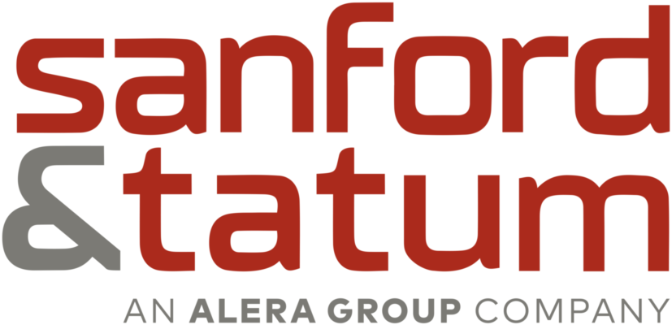
8 Tips for Modernizing Hiring in 2024
As talent acquisition continues to evolve, staying ahead of the curve is crucial for organizations aiming to attract and retain top-tier talent. Last year highlighted labor shortages, looming retirements and a demand for evolving skills. As 2024 begins, the traditional hiring approaches are being reshaped by technology, remote work dynamics and shifting employee expectations.
This article explores strategies for employers to modernize their hiring practices in 2024.
Navigating the Future of Hiring
Modernizing hiring practices enhances an organization's ability to attract, recruit and retain top talent in a competitive environment. As job seeker’s expectations shift and many leverage technology to find their next job, employers can consider these eight tips for modernizing their hiring process this year:
Evaluate diversity, equity, inclusion and belonging (DEIB). DEIB programs are increasingly shifting to support the acceptance of individuals and focus on fostering a sense of belonging in the workplace. A diverse and inclusive hiring strategy—and overall employer brand—can help attract candidates. To be impactful, DEIB has to be a part of an organization’s foundation, including hiring practices—not just initiatives or programs.
Emphasize skills over educational degrees. Skills-based hiring isn’t just an aspirational idea; some employers are already taking note and prioritizing finding the right fit for open positions based on skills rather than education or experience. Organizations can take time to review which positions have a legitimate need for a four-year degree or certification and which ones need the appropriate skills. This hiring practice can help expand the talent pool, improve workplace diversity and decrease hiring time
Embrace artificial intelligence (AI). Employers can leverage the power of AI to streamline their hiring process. AI-driven tools can analyze resumes, assess candidate fit and even conduct initial interviews. By automating routine tasks, HR professionals can focus on strategic aspects of recruitment, fostering a more efficient and insightful hiring process. AI can also help personalize candidate engagement by sending tailored messages and recommended or relevant job openings. While AI has its advantages, it’s also important to be aware of the technology’s risks and dangers (e.g., bias and discrimination).
Leverage data-driven decision-making. Employers can harness the power of people analytics to inform their hiring decisions. Analyze recruitment data to identify trends, optimize sourcing strategies and enhance the candidate experience. By leveraging data-driven insights, hiring teams can make informed decisions that better contribute to the overall success of their hiring efforts.
Incorporate gamification into skills assessment processes. Gamified assessments provide a more engaging and interactive experience for candidates, allowing hiring teams to assess candidate skills in a dynamic and real-world context. This can enhance the evaluation process and showcase the organization as forward-thinking and innovative.
Enhance the candidate experience with technology. Technology can help streamline communication, provide timely feedback and offer transparency throughout the hiring process. A positive candidate experience not only attracts top talent but also enhances the employer brand, creating a ripple effect in the talent market.
Leverage the right online portals. Virtual recruiting can help employers find the applicants they’re looking for. Furthermore, online platforms—such as LinkedIn, Indeed, Handshake and more—can make it easy for applicants to apply directly.
Offer incentives with employee referral programs. Employers can empower their current employees to become brand ambassadors. Millennial and Generation Z candidates generally trust and value word-of-mouth referrals, whether for employment or shopping, so employers could amp up referral efforts to attract this demographic. Employee referral program incentives aren’t new, but they can be modernized to appeal to millennial and Generation Z candidates. As such, employers may consider offering monetary bonuses, paid time off, learning and development opportunities (e.g., covering the cost of attending a conference or training), or charity donations that may motivate younger workers.
While maybe not applicable to every open role, these strategies can give employers new tools to revamp their hiring processes. It comes down to building a competitive advantage to stand out to job candidates.
Summary
As the digital age progresses, staying ahead of the latest HR trends and technologies is imperative for modernizing the hiring process. By embracing AI and other technologies, prioritizing DEIB and leveraging data-driven insights, employers can attract top talent in 2024 and build a future-ready workforce.
This article is intended for informational purposes only and is not intended to be exhaustive, nor should any discussion or opinions be construed as professional advice. © 2023 Zywave, Inc. All rights reserved.

Discussion
There are no comments yet.